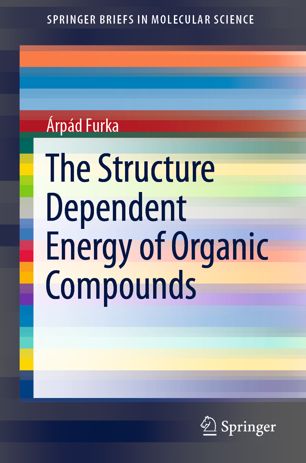

Most ebook files are in PDF format, so you can easily read them using various software such as Foxit Reader or directly on the Google Chrome browser.
Some ebook files are released by publishers in other formats such as .awz, .mobi, .epub, .fb2, etc. You may need to install specific software to read these formats on mobile/PC, such as Calibre.
Please read the tutorial at this link: https://ebookbell.com/faq
We offer FREE conversion to the popular formats you request; however, this may take some time. Therefore, right after payment, please email us, and we will try to provide the service as quickly as possible.
For some exceptional file formats or broken links (if any), please refrain from opening any disputes. Instead, email us first, and we will try to assist within a maximum of 6 hours.
EbookBell Team

4.8
54 reviewsThis brief introduces readers to an alternative thermochemical reference system that makes it possible to use the heats of formation of organic compounds to deduce the energies that depend entirely on their structures, and which provides calculated values for most of the characteristic structures appearing in organic molecules. These structure-dependent energies are provided e.g. for selected compounds of normal and cyclic alkanes, open chain and cyclic olefins (including conjugated polyenes), alkynes, aromatic hydrocarbons and their substituted derivatives. The oxygen, sulfur and nitrogen derivatives of the above-mentioned compounds are also represented with calculated structure-dependent energies including alcohols, ethers, aldehydes and ketones, carboxylic acids, thiols, sulfides, amines, amides, heterocyclic compounds and others. Most organic reactions can be interpreted as the disappearance of certain structures and formation of others. If the structure-dependent energies are known, it can be shown how the disappearing and the newly formed structures contribute to the heat of reactions and to the driving forces. As experienced by the author, who pioneered the concept, structure dependent energies can help teachers to make organic chemistry more accessible for their students. Accordingly, the brief offers a valuable resource for all those who teach organic chemistry at universities, and for those who are learning it.